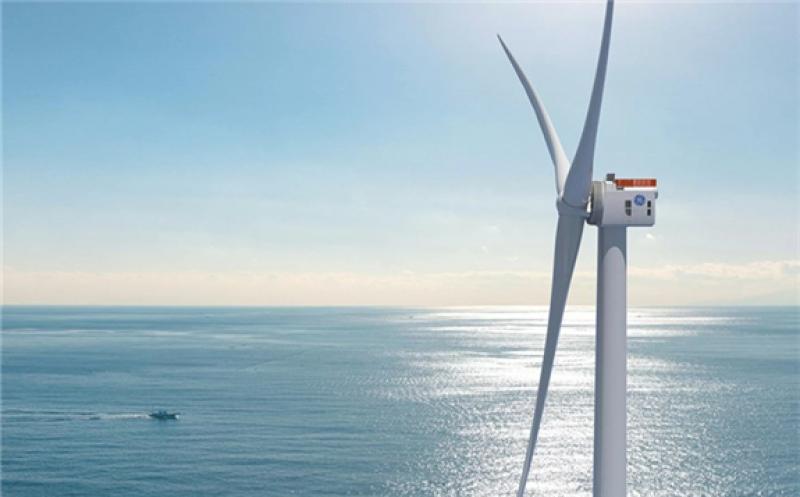Croatian oil and gas company INA-INDUSTRIJA NAFTE, d.d. (INA) plans to diversify into renewable energy and is specifically considering offshore wind and solar energy developments in the country.

At an energy conference held on 26 January, INA’s Director of Strategic Operations and Public Affairs, Hrvoje Glavaš, said that INA would first start with solar energy and the installation of pilot solar projects at its own industrial facilities.
The company is considering offshore wind projects in the Adriatic Sea and sees great potential for using this technology off the Croatian coast, where it already operates gas fields, according to Glavaš.
In 2018, when the Italian oil and gas company Eni announced it was leaving the upstream sector in Croatia with the sale of Eni Croatia b.v. to INA, the Croatian company became the owner and operator of the Northern Adriatic and Marica gas fields.
One of the renewable energy sources INA is now also looking into is geothermal energy.
The conference on 26 January was dedicated to the energy transition and the implementation of the EU Green Deal and other programmes, and tapping into the energy transition potential as part of the post-COVID-19 recovery plan for which the EU has earmarked a total of EUR 1.8 trillion for the next seven years.
“30 per cent of these funds will be directed to the green transition and it will be the largest public support in the fight against climate change in the history of Europe”, said Kadri Simson, European Commissioner for Energy.
Croatia’s Prime Minister Andrej Plenković said that there was no question about the country being on the path to green transition and that this was visible from all the strategic documents that had been adopted. The Prime Minister said that this decade represented a decade of Croatia’s digital and green transformations, with the support of funds available in amounts like never before.
Meanwhile, the country is about to officially designate its Exclusive Economic Zone (EEZ) in the Adriatic Sea, which will allow for two new possibilities in relation to the existing regulations on the Protected Ecological Fishing Belt: construction of artificial islands and the use of offshore wind, wave and tidal energy resources.
Last week, the Croatian Parliament held a session on the Government’s amendment to the draft decision on the proclamation of the EEZ, which proposes that the decision enters into force on 1 February.
When it comes to offshore wind in the Adriatic Sea, there are already a few plans in motion in Italy. Last year, Energia Wind 2020 srl submitted an application for a 30-year concession off Rimini to build a 330 MW offshore wind farm and Saipem signed a Memorandum of Understanding (MoU) with AGNES and QINT’X to develop a 450 MW wind farm offshore Ravenna. Saipem has also revealed plans to launch similar projects in Sicily and Sardinia using floating foundations.
This article is reproduced at www.offshore-energy.biz